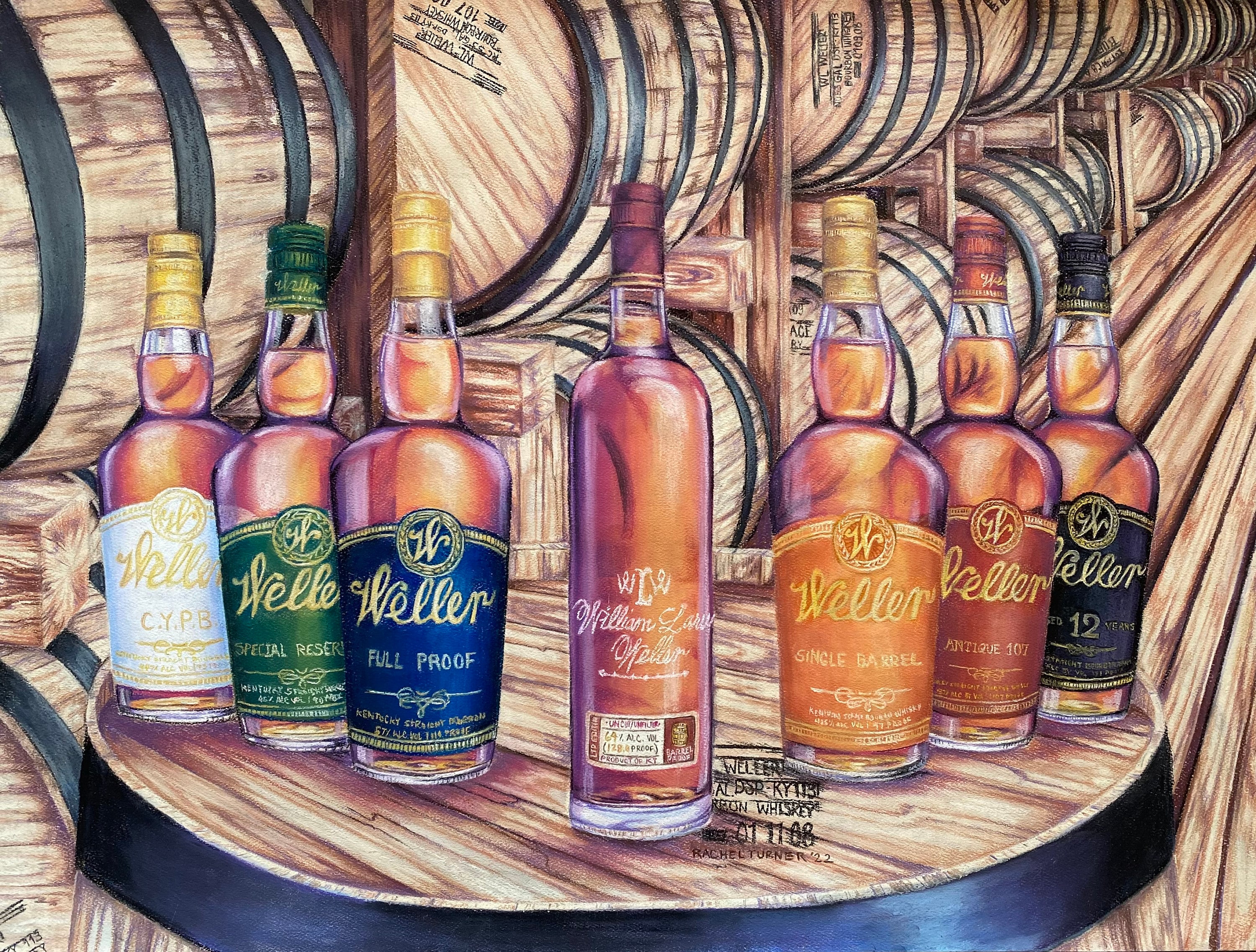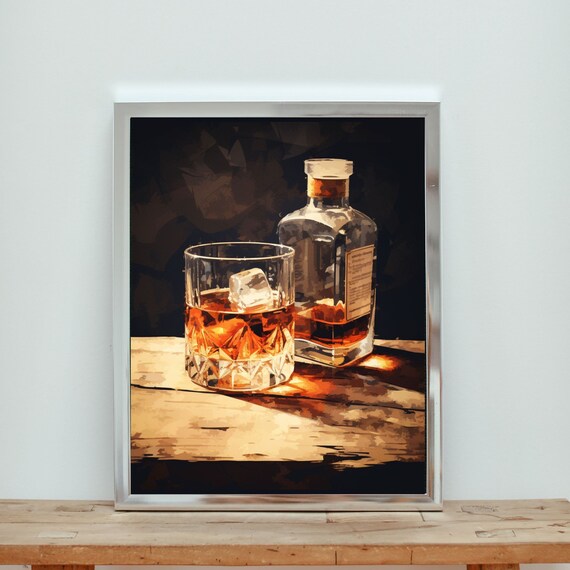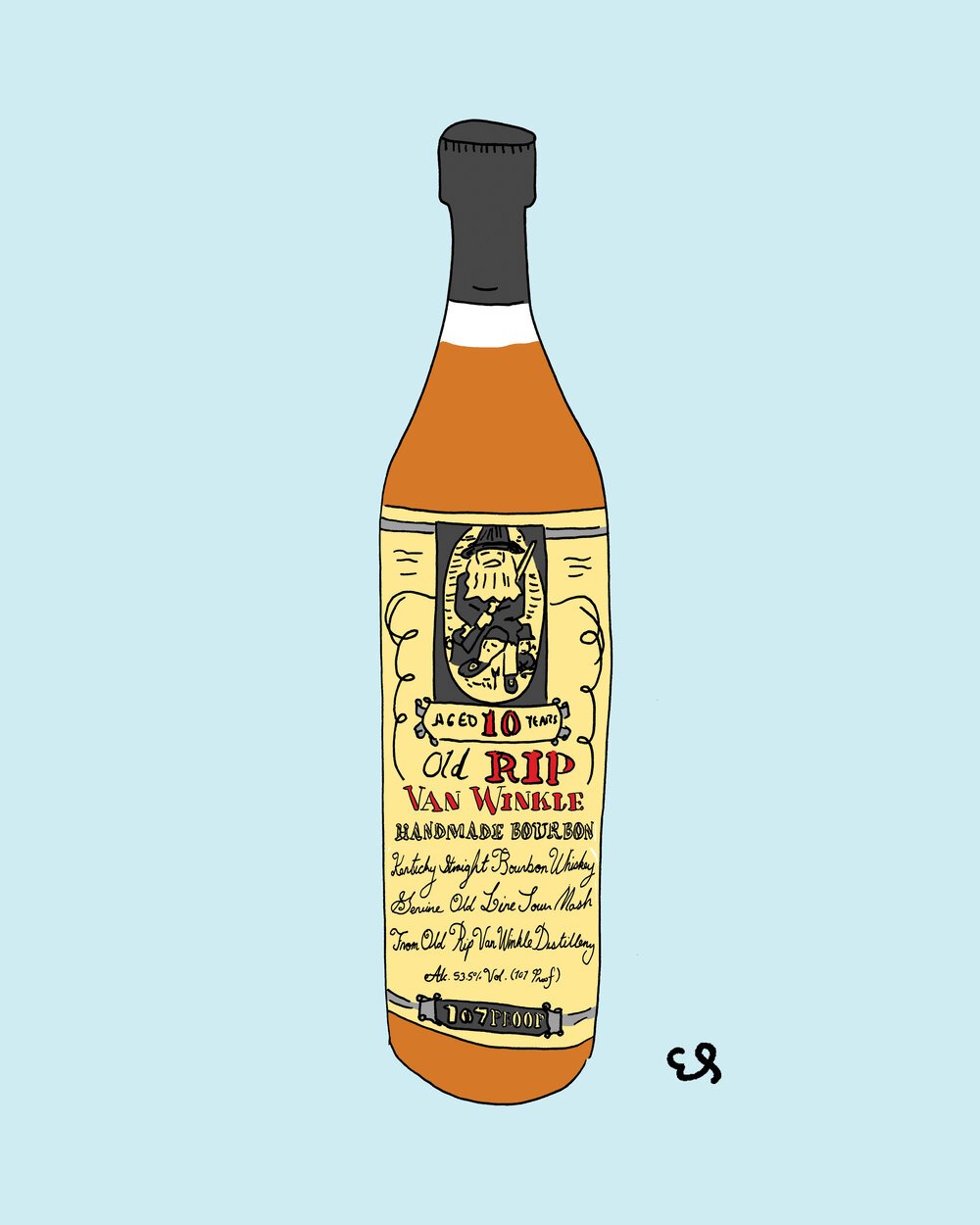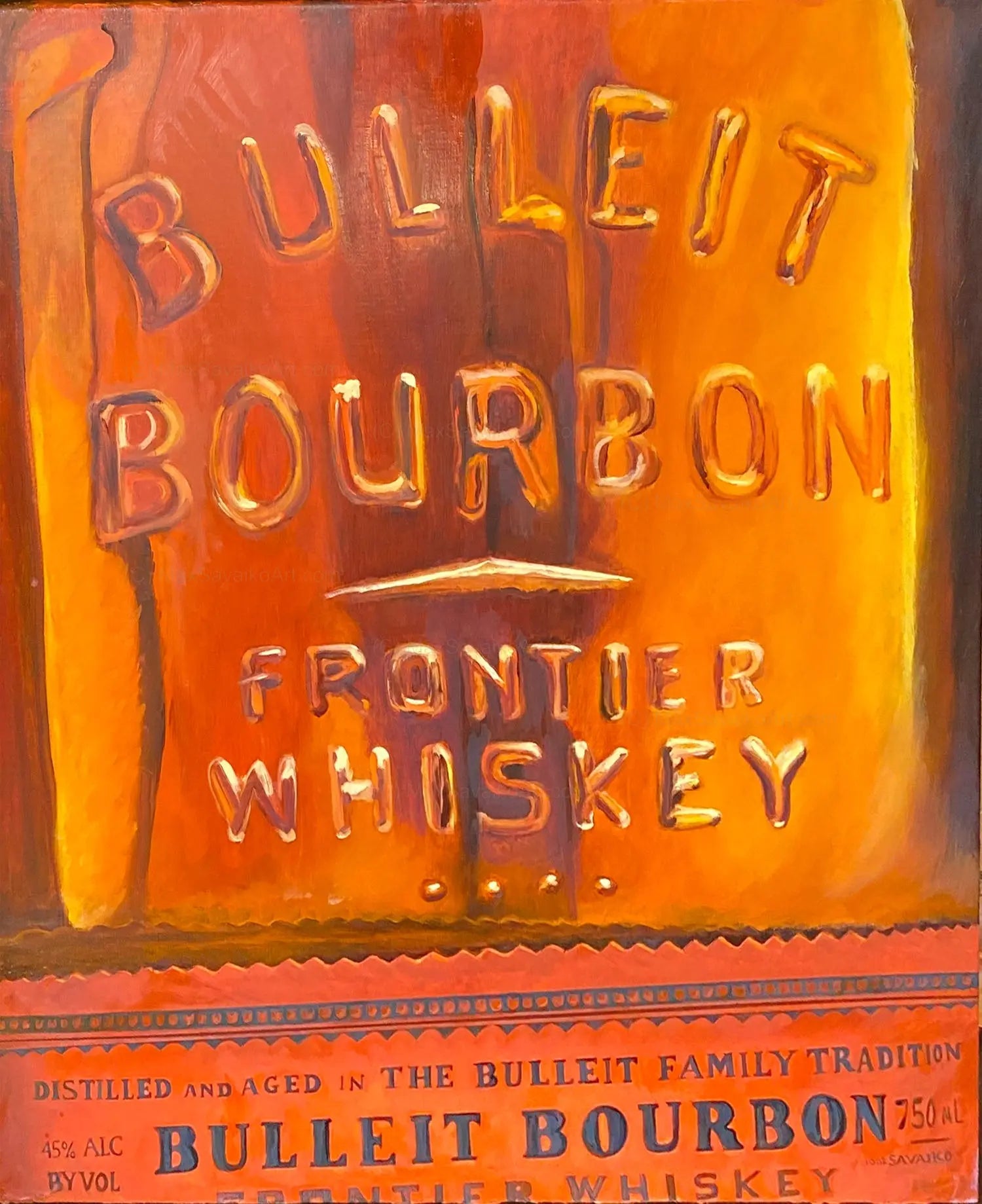Realism Art in the Whiskey Industry: Depicting Moments of Distillation
Realism Art in the Whiskey Industry: Depicting Moments of Distillation
Blog Article
The Relevance of Whiskey Art in Celebrating Heritage and Craftsmanship in the Beverage Sector
The elaborate partnership between whiskey art and the event of heritage and craftsmanship within the drink industry can not be overemphasized. With attentively created bottles and tags, whiskey brand names encapsulate their historic roots and the artisanal abilities that specify their production approaches.
The Historical Origins of Whiskey
At the heart of bourbon's allure exists an abundant tapestry of historical origins that trace back to old civilizations. The origins of bourbon can be linked to the purification practices of the Sumerians and Babylonians around 2000 BCE, where early kinds of fermented grain beverages began to arise. It was in the Middle Ages that the art of distillation progressed significantly, especially in Ireland and Scotland, leading to the development of bourbon as we know it today.
The term "scotch" itself obtains from the Gaelic word "uisce beatha," suggesting "water of life." This phrase highlights the social value of bourbon in Celtic societies, where it was typically linked with routines, celebrations, and communal bonding. By the 15th century, distillation ended up being an acknowledged craft within reclusive areas, leading the way for the establishment of legal distilleries.
As trade routes broadened, scotch's popularity expanded, going beyond local limits and catching the passion of aficionados worldwide. Realism Art. This historic trip mirrors not just the workmanship behind bourbon manufacturing however additionally its important role in social and cultural contexts, marking it as a significant beverage throughout background
Artistic Expression in Branding
Scotch branding stands as an engaging crossway of creativity and business, where aesthetic identity plays a vital duty in forming customer understanding. The appearances of bourbon tags, packaging, and marketing materials mirror not just the brand name's story but additionally its core worths and heritage. With artistic expression, distilleries convey a story that reverberates with consumers, evoking feelings and stimulating connections.
The usage of color, typography, and images in branding serves to differentiate items in a saturated market. Typical themes might evoke a feeling of authenticity and craftsmanship, while modern-day styles can indicate development and forward-thinking. This critical creative instructions enhances brand name acknowledgment and loyalty, permitting consumers to create an individual relationship with the scotch they pick.
Furthermore, imaginative expression in branding frequently functions as a party of regional heritage. Distilleries often include local signs or historic referrals into their styles, developing a feeling of place that invites customers to participate in a broader cultural experience. Eventually, the virtuosity behind whiskey branding not only improves aesthetic allure but also enhances the total story of the brand name, fostering a deeper gratitude for the workmanship and heritage ingrained in each container.
Workmanship in Container Layout
The artistry evident in whiskey branding prolongs beyond visual identity to include the workmanship included in container layout. Each container acts as a vessel not simply for the spirit within, yet additionally for the tale it outlines its beginning, top quality, and practice. The layout procedure needs careful interest to detail, as elements such as product, closure, and form add substantially to the general understanding of the bourbon.
Craftsmanship in bottle design includes picking premium glass that can boost the bourbon's color and quality, while likewise supplying a responsive experience for the consumer. The silhouette of the bottle should be both practical and aesthetically appealing, often mirroring the heritage of the brand. Many distilleries decide for special shapes or printed logos that stimulate a feeling of authenticity and background.
Additionally, the label layout and typography play a vital role in connecting the brand's story. Whiskey Art. A well-crafted bottle not only captivates the customer's eye but likewise reinforces the brand name's dedication to high quality and tradition. This way, the craftsmanship of bottle layout ends up being an essential element of the bourbon experience, merging creativity with a profound respect for heritage
Social Importance of Bourbon Art
Celebrating custom and workmanship, the cultural relevance of bourbon art transcends simple visual appeals, linking with the historical and social stories of the areas from which it comes from. Each container functions as a canvas, portraying the special tales, folklore, and customs that have actually formed local whiskey-making methods. The complex layouts frequently show the heritage of the distillers, including icons and motifs that resonate with the culture and worths of their areas.

Additionally, bourbon art plays an important duty in communal events and parties, serving as a substantial web link between individuals and their shared experiences. By valuing the artistry in scotch product packaging, consumers cultivate a much deeper understanding you could look here and respect for the craft, eventually improving their satisfaction of the beverage itself.
Modern Trends in Scotch Discussion
In recent times, the presentation of scotch has actually advanced to reflect contemporary preferences and fads while still honoring conventional workmanship - Realism Art. Distilleries are increasingly focusing on visual components that boost the overall drinking experience, connecting the space in between heritage and modernity
Ingenious container designs have actually emerged, typically including lasting materials and artistic tags that inform engaging tales. Many brands now work together with regional musicians, instilling their items with special aesthetic expressions that reverberate with customers. In addition, limited-edition launches are often packaged in collectible containers, adding worth and allure for aficionados.

Conclusion
In final thought, bourbon art works as a vital channel for revealing the heritage and workmanship integral in the drink industry. Through elaborate branding, ingenious container layouts, and culturally substantial imaginative elements, whiskey brands efficiently honor their customs and get in touch with consumers. This creative narrative not only raises the recognition of bourbon yet also reinforces community identification and satisfaction amongst manufacturers. Inevitably, bourbon art plays a crucial duty in preserving and commemorating the abundant social tapestry of whiskey-making.


Craftsmanship in bottle layout includes choosing top quality glass that can enhance the bourbon's color and clarity, while additionally supplying a tactile home experience for the customer. In this method, the craftsmanship of container style becomes an essential element of the whiskey experience, combining creativity with a profound regard for heritage.
In final thought, bourbon art offers as a vital avenue for revealing the heritage and workmanship intrinsic in the beverage market.
Report this page